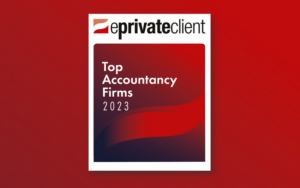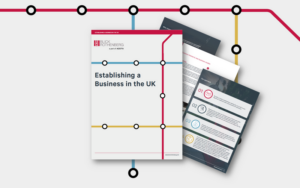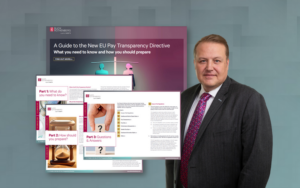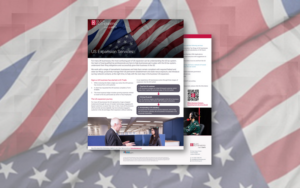High Income Child Benefit Charge: A decade of failure
10 years of the High Income Child Benefit charge (HICBC)
This January marks 10 unhappy years since the introduction of the High Income Child Benefit charge (HICBC).
Introduced by David Cameron and George Osborne’s Coalition Government, the HICBC dragged thousands into having to file a tax return, and hundreds of thousands have since received penalties from HM Revenue & Customs (HMRC) for failing to disclose a tax they knew nothing about.
The HICBC operates by clawing back child benefit payments where one parent earns more than £50,000 – the charge is 1% of the family’s child benefit for every £100 of income over the £50,000 threshold. If an individual’s income is over £60,000, the entire child benefit is clawed back, with a family of two children facing an effective rate of tax over 60% on their income between £50,000 and £60,000; the effective rate increases with more children, and a family with three children can face a 68% tax rate.
So, what are the frustrations?
One of the many frustrations with the HICBC is the anomalous results and unfairness of the system – a family where both parents work each earning £49,999 (combined income of £99,998) are not subject to the HICBC; but a family where one parent earns over £50,000 starts to lose their child benefit, and it is completely withdrawn if they earn £60,000. How is this result fair?
Since its introduction 10 years ago, official data from HMRC shows that £2.8 billion has been raised up to 2019/20 (the latest tax year the information is available for). In addition, thousands have opted out of claiming child benefit, with 624,000 individuals deciding not to claim child benefit in 2019/20. However, opting out of child benefit completely can be a trap for your future state pension; it’s still possible to claim child benefit and stop the payments to avoid the HICBC, but receive the National Insurance credits towards your state pension.
The £50,000 threshold has remained the same since 2013, which with the effect of inflation, should be worth nearer £65,000 now. Frozen personal tax allowances and thresholds until 2028 will drag more working families into the scope of the HICBC.
The HICBC has been a complete misnomer since its introduction in 2013 – it is illogical and the mechanism to collect the charge through self-assessment almost feels like it was designed to trip people up. In fact, over 440,000 fines have been issued by HMRC for failures and errors relating to the HICBC.
Despite recent success by a taxpayer, Mr Wilkes, at the Court of Appeal to overturn child benefit charges applied by HMRC for earlier years, Rishi Sunak, during his time as Chancellor, introduced a retrospective change in the tax legislation in his 2021 Budget which would allow HMRC to go back several years to recover historic child benefit incorrectly claimed.
A ten-year legacy
Ten years on, the HICBC system continues to cause as much anxiety to taxpayers as it did when it was first introduced. The whole system is broken and attempts by HMRC to make proper communication in the last 10 years have been poor. The fact taxpayers are continuing to have the same challenges a decade later speaks volumes.
Despite repeated calls for reform, the Government have continuously resisted and that stance is unlikely to change any time soon. In my view, the Government should abolish the HICBC completely and either means test child benefit entitlement or replace the present taxing mechanism with an enhanced personal allowance for anyone who is the parent of a child aged under 18, which like the personal allowance, is tapered down when someone’s income is more than £100,000. At the very least, the Government must amend the charge so it applies to the combined income of the parents, and increasing the threshold level in line with inflation.
What you like to know more?
If you have any questions about the above, please get in touch with your usual Blick Rothenberg contact, or Nimesh Shah using the details in his profile or the webform below.
Contact Nimesh

You may also be interested in

Non-domicile changes – Trust protection

Non-domicile changes – Transitional provisions










